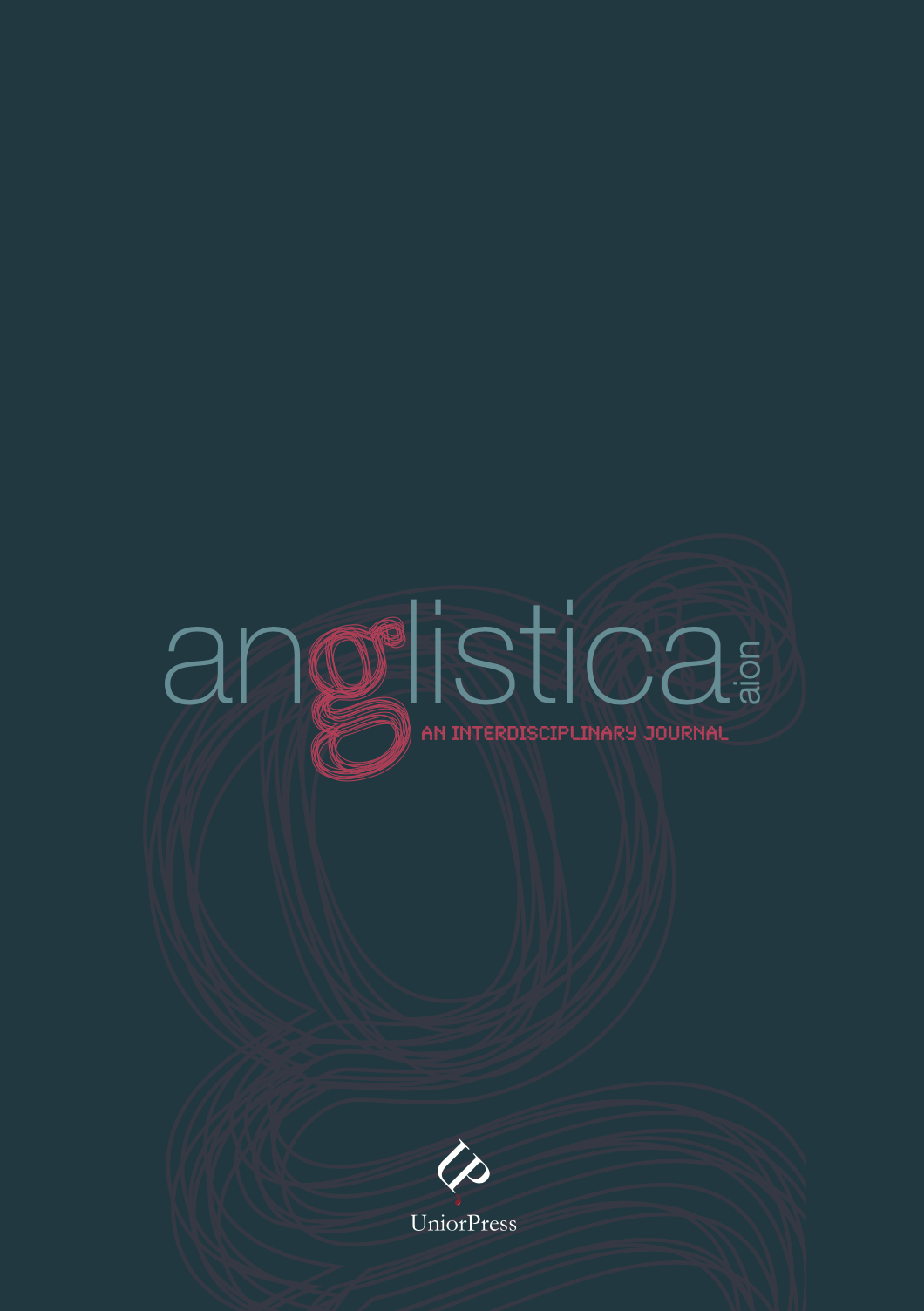The Theatricality of Exhibition Spaces
Fluid Spectatorship into Hybrid Places
Abstract
Arts are permeable. The current museographical approach seems to go towards a form of interdisciplinarity which leverages the encounter between arts. From the MAXXI in Rome to the Louvre of Paris, to the National Gallery in London, this interaction between different art fields (dance, theater, music, etc.), gives rise to new forms of aesthetic proposals. Choreographed expositions and exhibited choreographies are the rendition of this kind of negotiation between visual art, museum spaces, and performing arts, which sets up the spectatorship dialectic between temporal and spatial dynamics. Within a migration process, from the black box to the white cube, the theatrical body becomes a work of art, through a process of objectivation.
Likewise, the spectatorship participation is choreographed, as well as the very act of observation. Moreover, the exhibition space loses its architectural and statutory hierarchies, becoming a hybrid place, a meta-theatre and simultaneously a meta- museum. The point of view changes; the frontal perspective of the theatrical or cinematographic architectures, and the Renaissance monocular gaze disappear. This is a contemporary dynamic of creolization for which, within an exhibition context, the spectatorship enjoyment dialogue with a form of theatrically, becoming a critical device of transcultural mediation.


